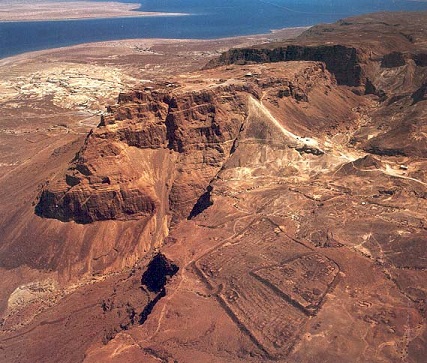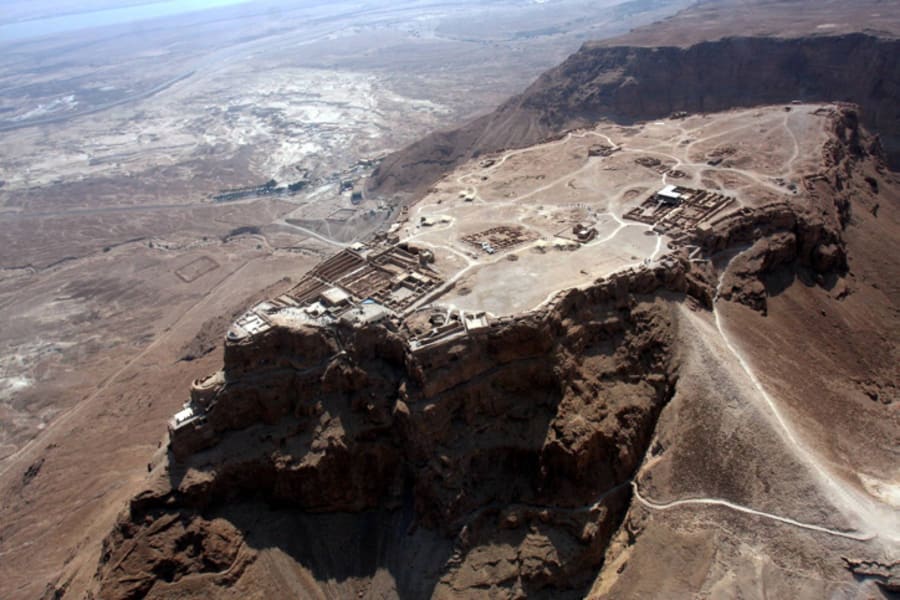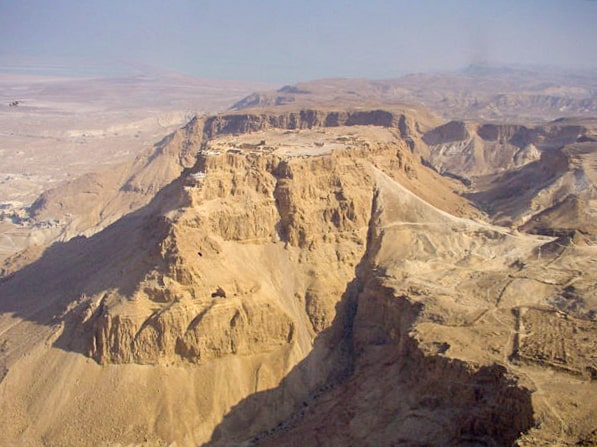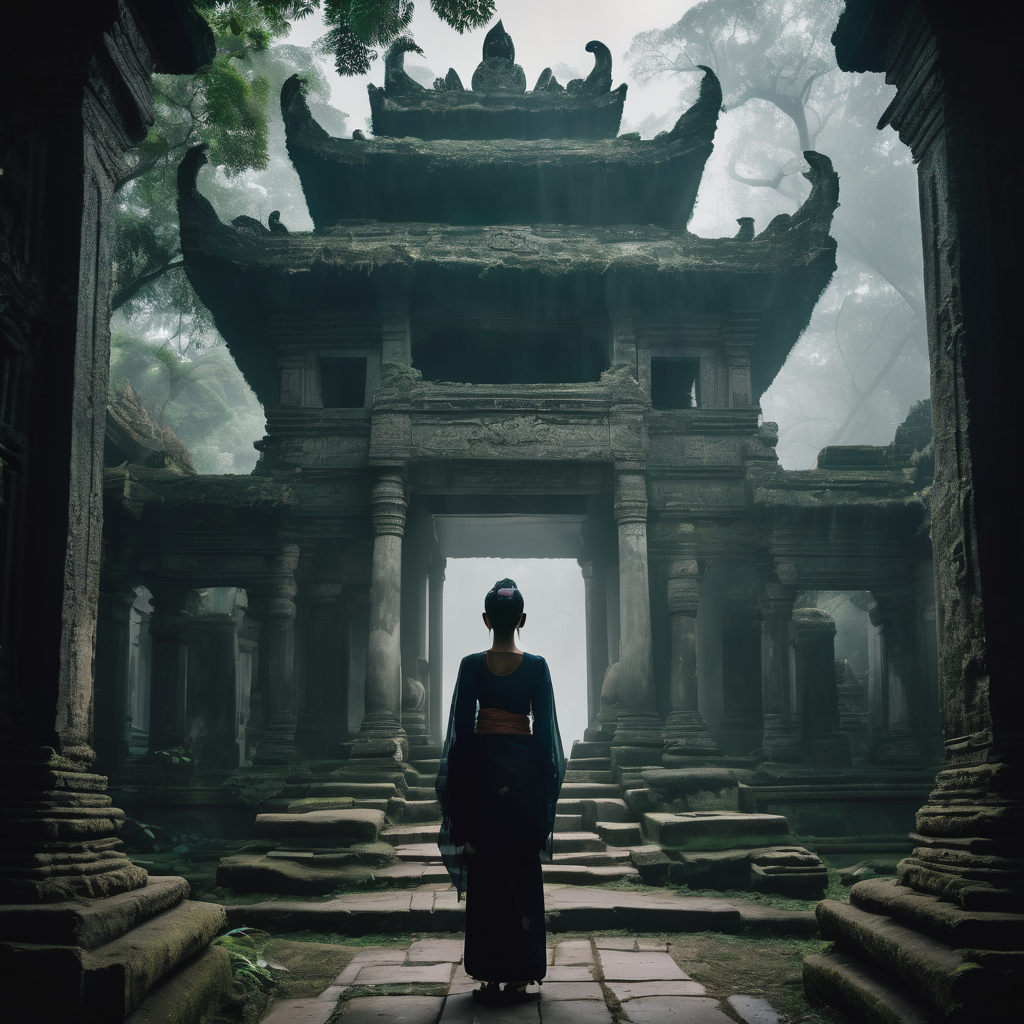Perched atop a rugged desert cliff, Masada stands as a silent witness to one of the most dramatic stories of human resistance in ancient history. Imagine a fortress where 960 souls made their final stand against an overwhelming Roman army – a tale of courage that would echo through centuries!

Aerial view of Masada fortress – Credit: Wikimedia Commons
The story begins in the turbulent landscape of Judea during the First Jewish-Roman War, around 73-74 CE. At the heart of this epic confrontation was a group of Jewish rebels known as the Sicarii, led by the charismatic Eleazar Ben Yair. Masada wasn’t just a mountain fortress – it was a symbol of hope, a final refuge against the might of the Roman Empire.

Ancient fortress walls of Masada – Credit: Biblical Archaeology
The Romans, led by Flavius Silva, were determined to crush the last pocket of Jewish resistance. Their siege was a masterpiece of military engineering and psychological warfare. Imagine the tension as the Romans constructed an enormous siege ramp, slowly closing in on the mountain stronghold. The rebels watched, knowing their fate hung in the balance.

Recreation of Roman siege tactics – Credit: All Israel News
As the Roman legions drew closer, something extraordinary happened. Rather than surrender, the defenders of Masada made a heart-wrenching decision. In an act of ultimate defiance, they chose collective suicide over slavery. Only five women and two children would survive to tell the tale – witnesses to a moment of unimaginable courage.
Archaeological discoveries have since brought this dramatic story to life. Excavations revealed intricate details of life on Masada – from sophisticated water systems to well-preserved storerooms and a magnificent palace. Each artifact tells a story of survival, ingenuity, and human spirit that transcends time.

Modern-day view of Masada ruins – Credit: Dead Sea Tourism
Today, Masada stands as a powerful national symbol for Israel. It represents more than just a historical site – it embodies the resilience of a people who refused to be conquered. The site has become a place of pilgrimage, where soldiers take their oath, declaring ‘Masada shall not fall again.’
The legacy of Masada teaches us something profound about human nature. In the face of overwhelming odds, the human spirit can display extraordinary courage. It reminds us that resistance is not just about winning, but about maintaining dignity and hope when all seems lost.
As the sun sets over the ancient fortress, the whispers of those brave souls seem to echo across the desert – a testament to the unbreakable human spirit that refuses to be silenced.
Categories: Ancient History, Archaeological Sites, Historical Events, Jewish History, Military History, War History
Tags: Ancient Warfare, Archaeological Sites, Historical Landmarks, Israeli Heritage, Jewish History, Masada, Roman Empire
Religion: Judaism
Country of Origin: Israel, World
Topic: Historical Events
Ethnicity: Jewish

